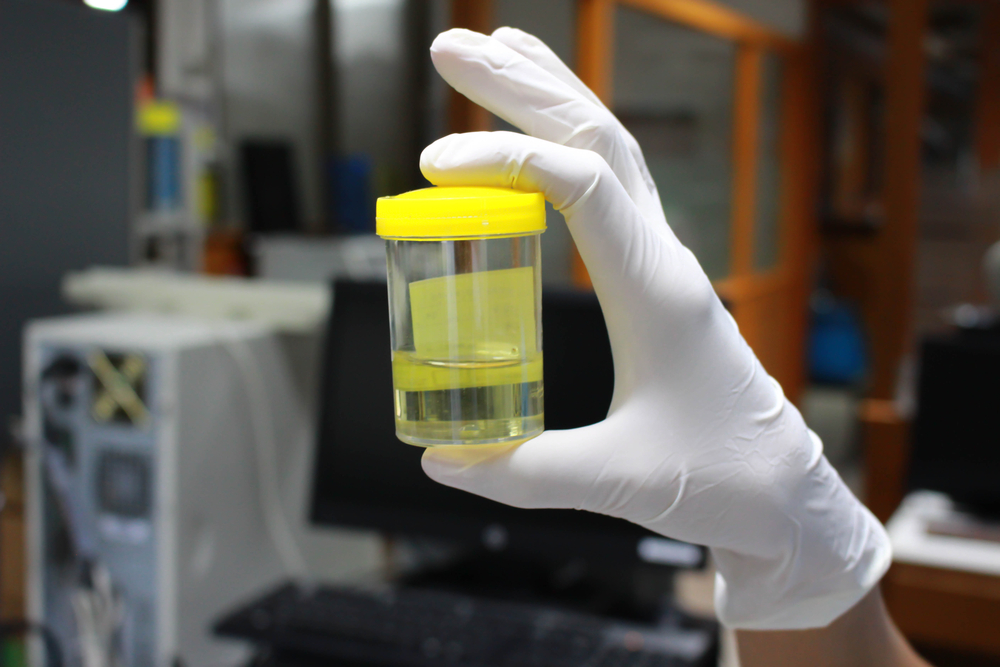Urine Levels of Protein p75ECD May Help Diagnose, Monitor ALS, Study Reports

Urine levels of a protein component known as p75ECD may be a valuable biomarker for diagnosing and monitoring the progression of amyotrophic lateral sclerosis (ALS), according to a study.
The research, “Urinary p75ECD: A Prognostic, Disease Progression, And Pharmacodynamics Biomarker In ALS,” was published in the journal Neurology. The National Institute of Neurological Disorders and Stroke (NINDS), which is part of the U.S. National Institutes of Health, funded the study.
The p75 protein plays an important role in children’s development, but is only expressed in adults after a motor neuron injury. Previous studies using mice with ALS showed that p75 levels increased as the disease progressed. They also showed that levels of p75ECD, a specific part of the protein, rose in urine before muscle weakness became evident in the animals.
Researchers decided to study whether p75ECD levels sync with ALS progression in humans. Their research, part of the ongoing clinical trial NCT02327845, covered 45 healthy individuals and 54 people with ALS.
The team collected urine samples to analyze p75ECD levels. Thirty-one of the ALS patients agreed to 31 provide urine samples over time so researchers could match p75ECD levels with disease progression.
Results showed that p75ECD levels were higher in ALS patients than in healthy individuals. P75ECD levels also correlated with disease status. Researchers used the revised ALS Functional Rating Scale as a yardstick.
As ALS progressed, p75ECD levels increased in patients’ urine. The finding was consistent across repeated urine analysis during two years of follow-up.
Researchers also found that some measurements were predictors of patient survival, such as bulbar ALS onset, rate of disease progression and p75ECD levels at the beginning of measurement. ALS affects motor neurons in the brain, brainstem, and spinal cord. If patients have speech or swallowing problems, they are diagnosed with bulbar ALS.
Together, the study’s results support researchers’ belief that urinary p75ECD levels may be a good biomarker for diagnosing ALS and following its progression. At the moment it is the only biological fluid–based biomarker of ALS progression, the team noted.
“It was encouraging to see changes in p75ECD over the course of the study, because it suggests an objective new method for tracking the progression of this aggressive disease,” Amelie Gubitz, PhD, a program director at NINDS, said in a news release. “In addition, it indicates the possibility of assessing whether levels of that protein decrease while patients try future treatments, to tell us whether the therapies are having any beneficial effects.”
“As we move potential new therapies into phase-2 clinical trials, our findings suggest that p75ECD may tell us a lot about how well the treatments are working,” Michael Benatar, MD, PhD, one of the study’s authors, added. “Additionally, the ease of obtaining urine samples could help reduce the burden of patient participation in clinical studies.”
Researchers noted, however, that more studies are needed to validate urinary p75ECD levels as an ALS biomarker.






